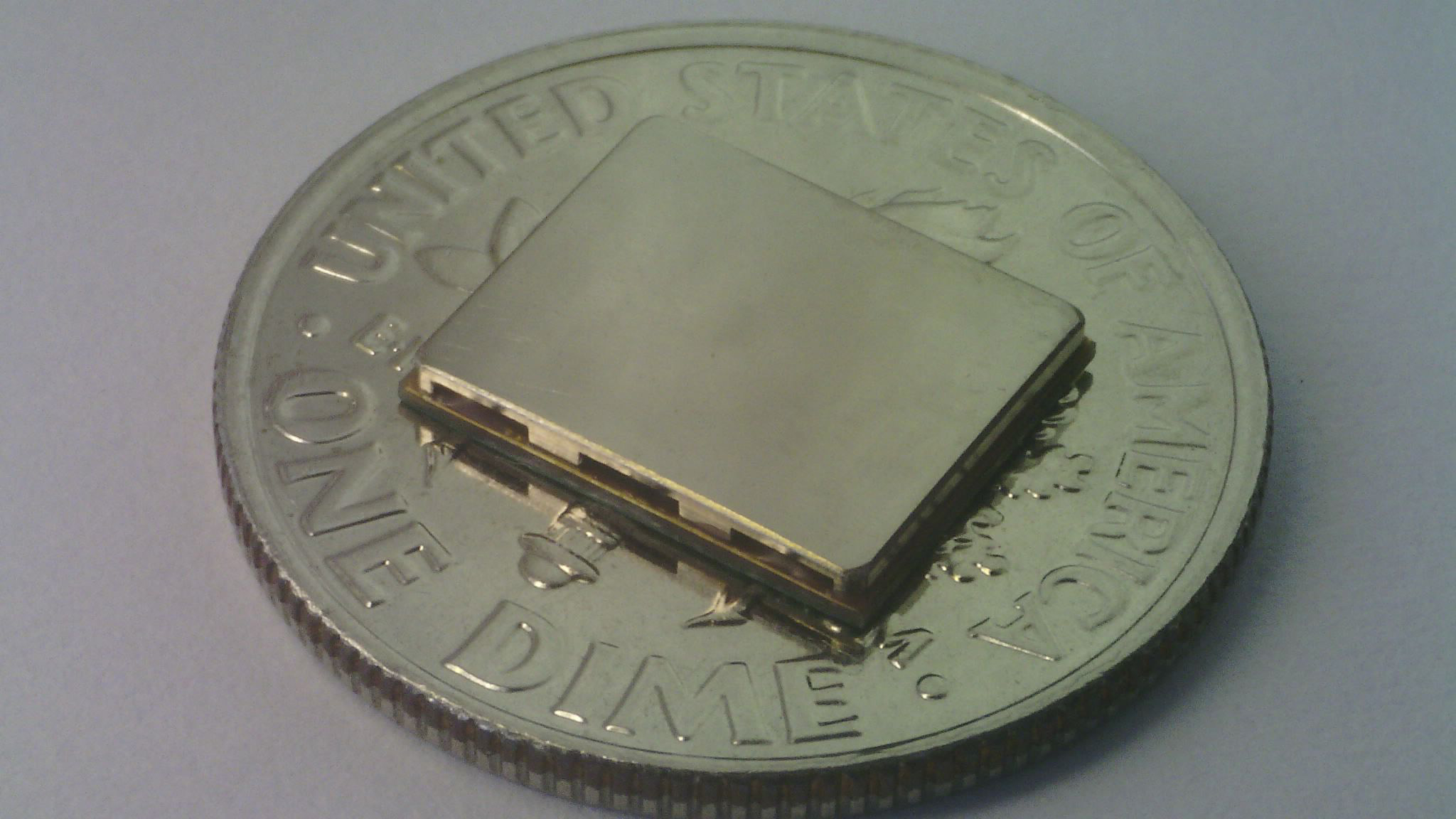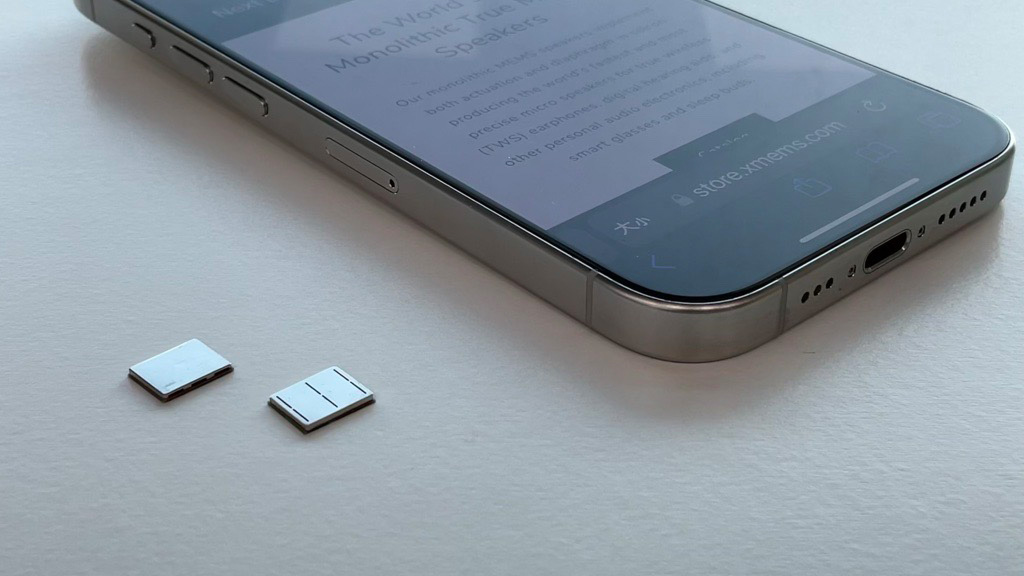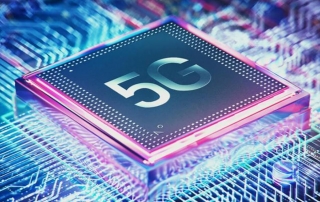Thermal administration continues to be an inherent limitation on telephones. Most telephones have highly effective chipsets that ship standout efficiency, however due to overheating points, these chipsets are likely to throttle aggressively. Producers are basically constrained by the scale, so probably the most they’ll do is add a vapor chamber to passively cool the chipset on a telephone.
Hardwired

In Hardwired, AC Senior Editor Harish Jonnalagadda delves into all issues {hardware}, together with telephones, audio merchandise, storage servers, and routers.
ASUS got here up with a novel answer referred to as the AeroActive Portal on the ROG Telephone 6 Professional and Telephone 7 Final; this was principally a small hatch that opened up on the facet of the telephone, permitting cool air to stream into the heatsink when used at the side of the AeroActive cooler. The thought was progressive, but it surely led to a variety of mechanical complexity, and ASUS does not provide the characteristic on its newest telephones.
But when the most recent answer by xMEMS is any indication, lively cooling could be doable on cellular gadgets. At a high-level overview, xMEMS’s XMC-2400 is a micro-cooling fan that is simply 1mm skinny, and just like the model’s solid-state audio drivers, it makes use of an all-silicon design.
Principally, xMEMS makes use of a voltage-controlled transducer to maneuver the fins of the fan quick sufficient to generate a substantial quantity of airflow. The XMC-2400 is ready to ship 39cc/sec airflow and 1,000Pa again strain, and crucially, it’s IP58 mud and water-proof, permitting it for use on sealed gadgets like telephones. It’s out there in two variants: top-vented or side-vented configurations.

The fan measures simply 9.26 x 7.6 x 1.08 millimeters, weighs lower than 150 milligrams, and consumes roughly 30mW of energy. The tech has a variety of similarities to Frore System’s AirJet system, however it’s significantly thinner, and xMEMS is positioning it as a viable answer on telephones in addition to, tablets, VR headsets, notebooks, and gaming handhelds.
As a result of it has an all-silicon building, it does not make any sound, and there is not any vibration because it operates at ultrasonic frequencies. Whereas the tech makes a variety of sense on bigger gadgets like handhelds and notebooks, it stays to be seen how airflow is dealt with on a telephone; most telephones have totally sealed designs, and that poses an issue when venting sizzling air outward.

With the AirJet system, Zotac added slits to the facet of its mini-PC that serves because the exhaust, but it surely’s unlikely that telephone producers will begin doing the identical on their gadgets to accommodate lively cooling. There’s additionally the price to contemplate; the AirJet system has been round for practically a yr, but it surely hasn’t secured many design wins.

That is the place xMEMS may have a bonus. As its answer is significantly smaller, it may be utilized in a greater diversity of gadgets. And with xMEMS producing half one million solid-state drivers that go into the likes of the Artistic Aurvana Ace 2, it has a confirmed monitor document. The model notes that it’ll begin seeding the XMC-2400 lively cooling answer to purchasers beginning 2025, with retail availability a yr later.
Whereas that is a prolonged wait, if telephone manufacturers really handle to discover a technique to combine lively cooling into their gadgets, it has the potential to be a game-changer.
👇Comply with extra 👇
👉 bdphone.com
👉 ultraactivation.com
👉 trainingreferral.com
👉 shaplafood.com
👉 bangladeshi.help
👉 www.forexdhaka.com
👉 uncommunication.com
👉 ultra-sim.com
👉 forexdhaka.com
👉 ultrafxfund.com
👉 ultractivation.com
👉 bdphoneonline.com
👉 Subscribe us on Youtube


